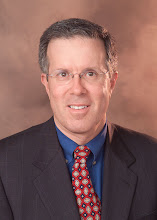Persons who qualify for “cap-subject” H-1Bs are allowed to apply starting April 1st each year, but can not start working until October 1st, six months later.
Since the number of applications usually far exceeds the number of available visas, this means that by the second week of April, it is too late to apply.
What about all of the foreign-born students who graduate from U.S. universities in June each year? Since U.S. employers can not apply for H-1B status for them until after they obtain their degrees, by June, it is already too late to do so. One prominent newspaper calls this the “Happy Graduation, Now Go Home!” policy. The U.S. educates and then loses a lot of talent each year.
However, this year is different. Because of the economic recession, there is hope for these students and their employers.
The students can use their one-year Optional Practical Training work permits to start their jobs following graduation. See our “Student” page at
http://shusterman.com/toc-student.html#2
Then, as soon as possible, their employers should seek to change their status to H-1B as of October 1, 2009. This is possible this year because there are almost 20,000 H-1Bs visas remaining.
The same scenario is true for foreign-born medical residents and fellows who received their training in the U.S. using “cap-exempt” H-1B visas.
These trainees complete their residencies and fellowships on June 30, at which time there are usually no “cap-subject” H-1B visas available. This year is different.
Since it is probable that there will still be H-1B numbers available after June 30, U.S. employers should submit H-1B petitions for these trainees as soon as possible.
Additional information is available on our “Immigration for Physicians” page at
http://shusterman.com/toc-phys.html

No comments:
Post a Comment